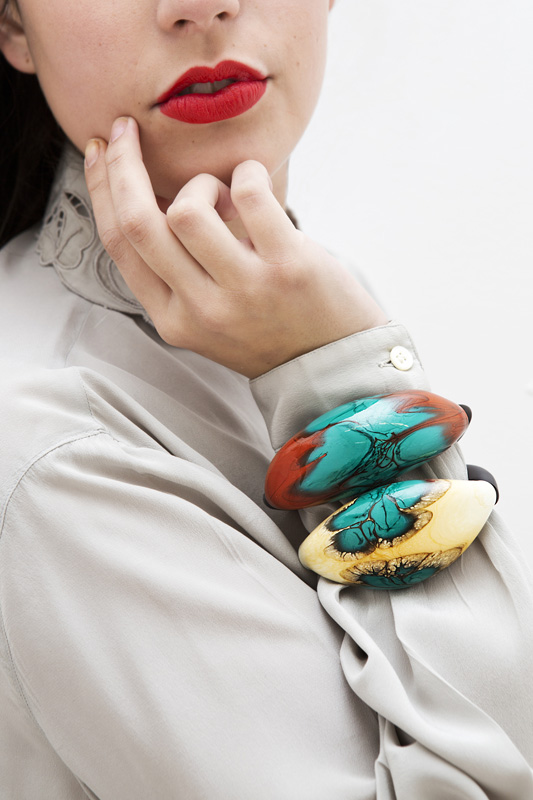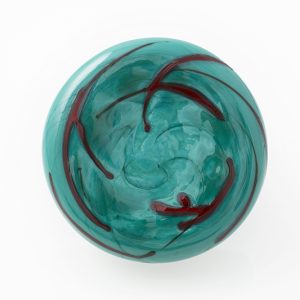The Murano Glass
Either the discovery of Murano glass and the employment of glass beads date back far in time and have got legendary roots. The latter ones were considered precious and employed as exchange goods in Africa; Egyptians also used them as ornamental objects or necklaces.
Glass arrived in the famous Mediterranean port of Venice from the East, as trade goods. The real development of glassworking occurred during the Middle Ages. Venetians imported working techniques in addition to products, and they soon realized that the composition of the sodium glass coming from the East, could be suitable for the hot glass working method employed used at that time to make glass more fluid and malleable, ready to be modeled and blown. This working technique was neatly in contrast with all the other ones which used the glass as a monochromatic matter to be engraved, printed or cut.
Murano island became the most vital centre for the glass-working when the Republic of Venice banned glass furnaces from the central islands, moving them to Murano. It isn’t clear yet if that interdiction was due to the danger coming from the possibility of many wooden buildings around the city to be burnt after an accident, and so to prevent it, or to keep the secret regarding the glass working technique.
From that point on, the name of Murano island will be tied to the artistic glass working to such an extent to become the name of the glass itself, the Murano glass.
Murano glass stands for a refined glass produced on the island. A glass that retains its chromatic features and its structure through time.


LAMPWORKING OR
Torchworking
Lampworking is a glass-working technique done with the direct flame of a blowtorch. Initially, to make the glass more malleable, craftsmen performed this procedure by using oil burning lamps. Later, the oil was substituted by gas for an easier and faster manufacture. Most artists today use torches that burn either propane or natural gas mixed with either air or pure oxygen. Thanks to the heat of the flame, reaching 900° C, the glass becomes fluid enough to be modeled and blown. Lampworking requires working with pre-formed glass rods and tubes that have got different diameters and opaque and transparent colors.
Studiozero-vetro works exclusively with Murano rods and the torchworking technique to create the glass beads that will become accessories to be worn
SZV creations are characterized by the employment of different glass working processes like blowing, cutting, grinding, engraving and sandblasting.